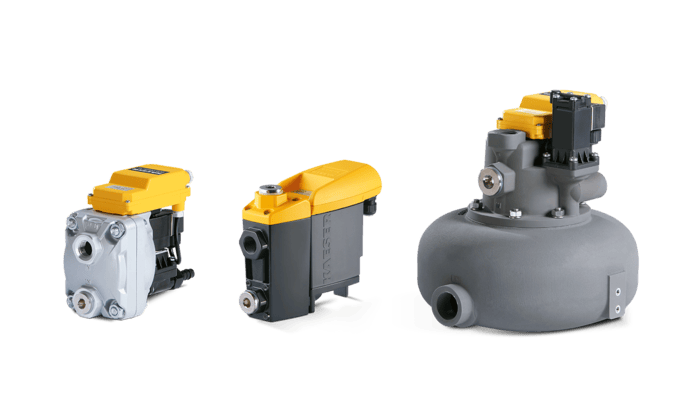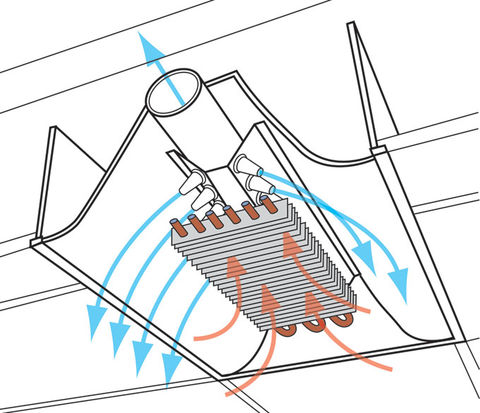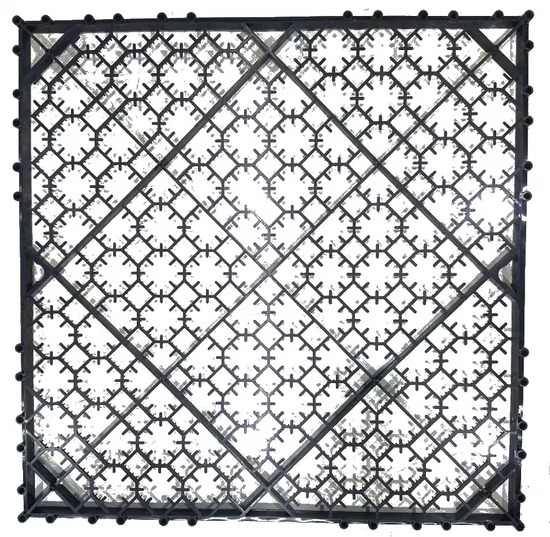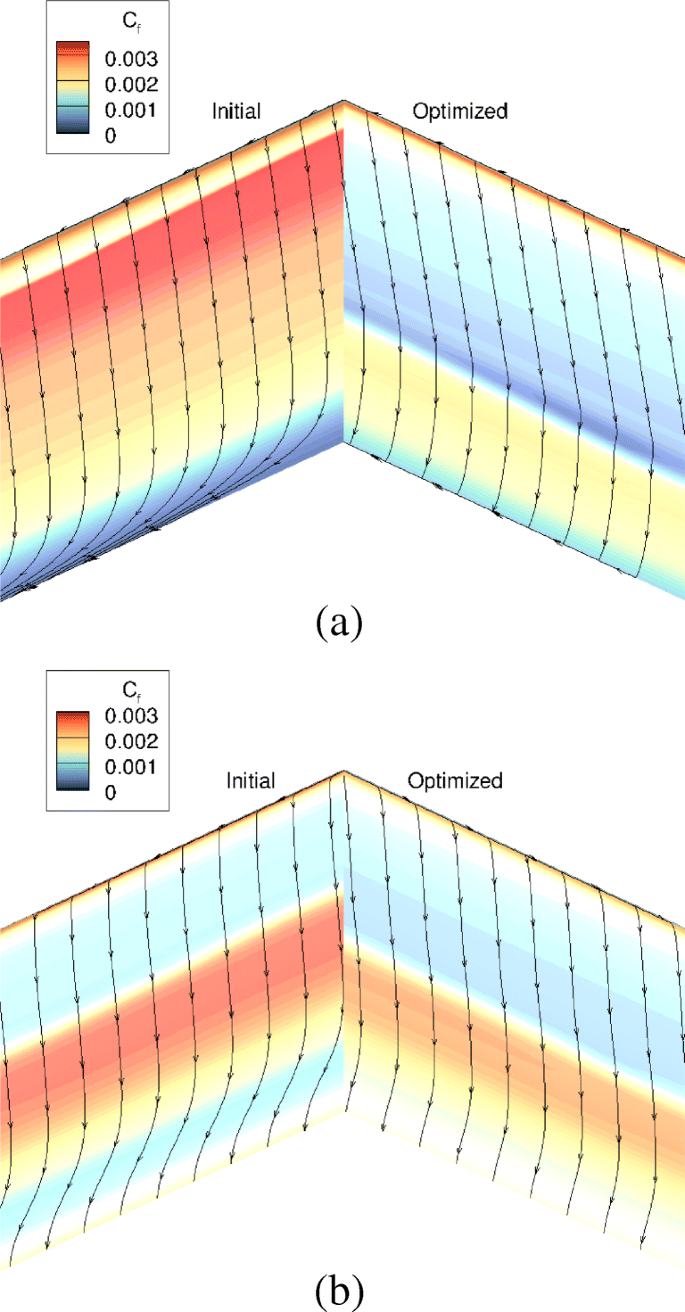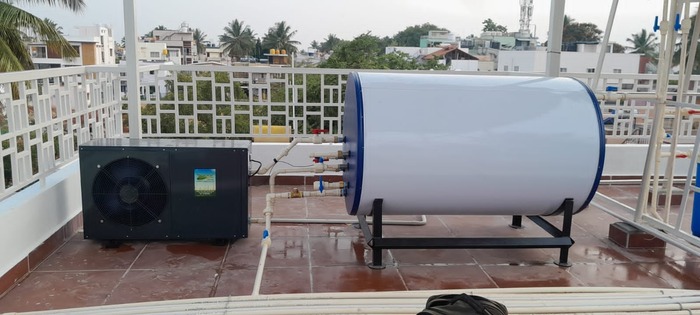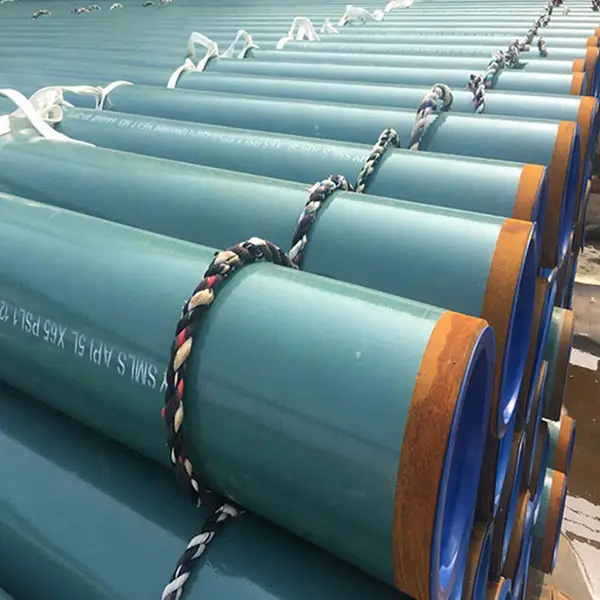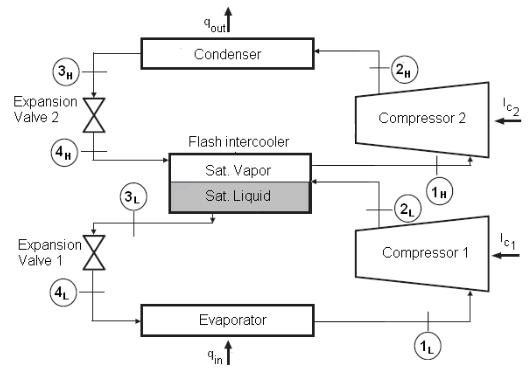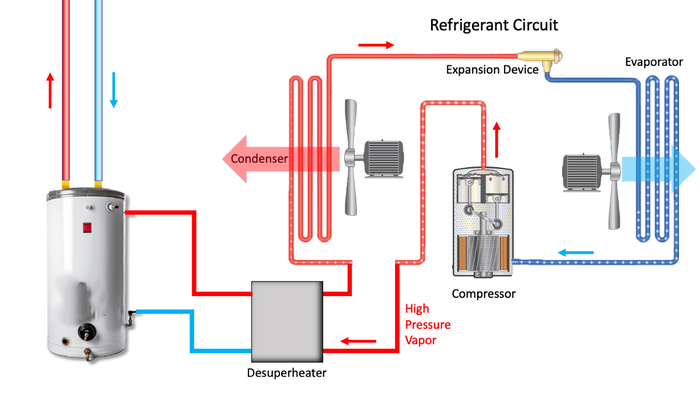Introduction Condensate Management Systems are fundamental for industries that rely on steam, HVAC, and compressed air systems, all of which generate condensate as a byproduct. Condensate, which is the liquid that forms when…
Chilled Beam Cooling Systems
Introduction Chilled beam cooling systems represent a leap forward in energy-efficient cooling and heating technology for buildings, especially in environments where temperature control and indoor air quality are paramount. Unlike traditional HVAC systems,…
High-Capacity Cooling Grids
Introduction High-capacity cooling grids are becoming increasingly critical in the modern industrial landscape, driven by the need to manage heat effectively in systems with high power demands. These advanced cooling solutions are engineered…
Energy-Efficient Fan Grids
Introduction Energy-efficient fan grids are an essential innovation in optimizing airflow management across various industrial, commercial, and residential applications. These systems use advanced technologies like variable speed drives, integrated control systems, and high-efficiency…
Laminar Flow Optimization
Introduction Laminar flow optimization is a fluid dynamic condition characterized by smooth, orderly movement of fluid particles in parallel layers, with little or no mixing between them. This contrasts with turbulent flow, where…
Integrated Heat Pump Systems
INTRODUCTION Integrated heat pump systems are revolutionizing the way we approach indoor climate control. These advanced systems combine the functions of heating, cooling, and hot water production into one seamless solution. By leveraging…
Epoxy-Coated Tube Bundles
Introduction Epoxy-coated tube bundles are a highly effective solution in heat exchange systems, designed to enhance performance and durability while ensuring efficient heat transfer across various industrial applications. These tube bundles consist of…
Dual-Stage Refrigeration Circuits
Introduction Dual-stage refrigeration circuits are advanced cooling systems specifically designed to meet the complex demands of industries requiring extremely low temperatures and highly efficient refrigeration solutions. These circuits are built upon a multi-stage…
Split-Flow Water Channels
Introduction Split-flow water channels are a sophisticated design feature that divides the flow of water or other liquids into multiple parallel paths. This division allows for more even fluid distribution, optimizing heat transfer…
Desuperheaters for Chillers
Introduction Desuperheaters are integral components in modern chiller systems, playing a pivotal role in improving their overall performance and efficiency. In refrigeration cycles, superheating occurs when the refrigerant gas, after being compressed, is…

